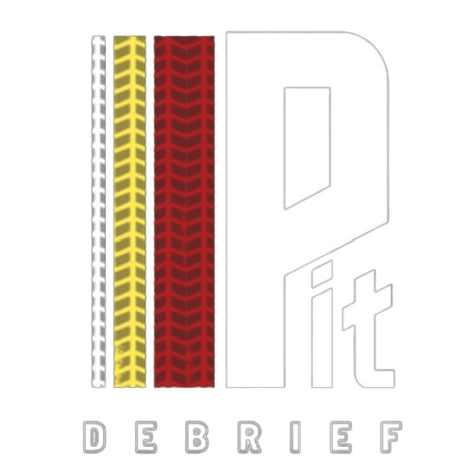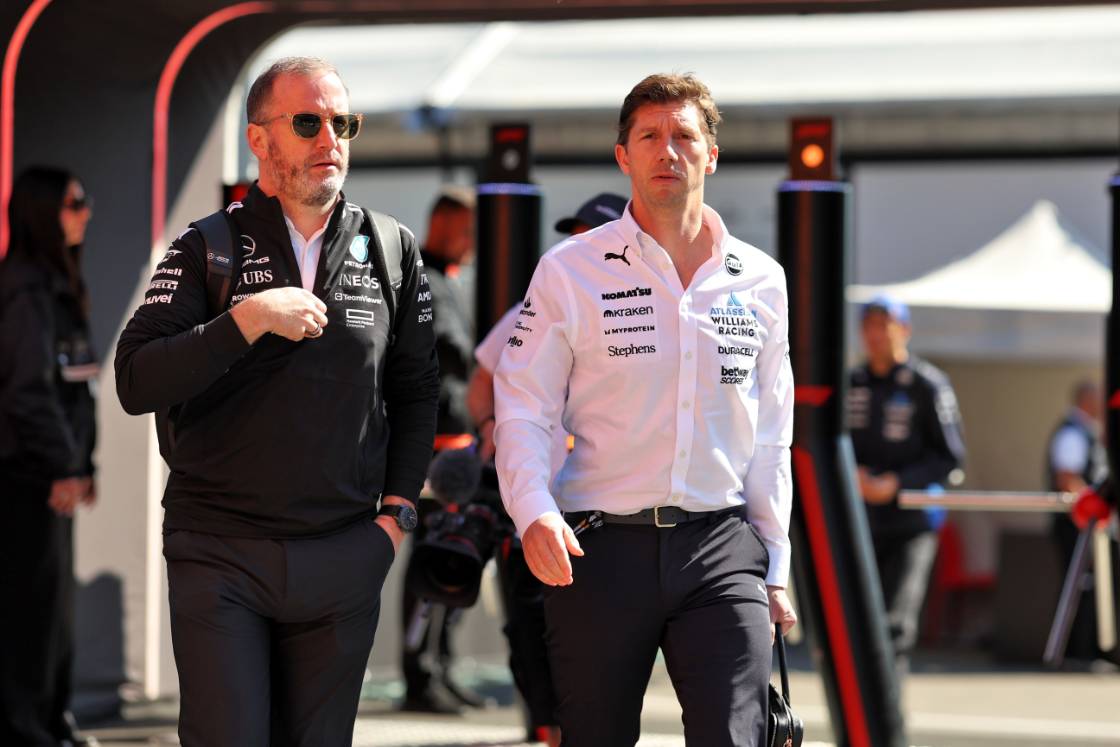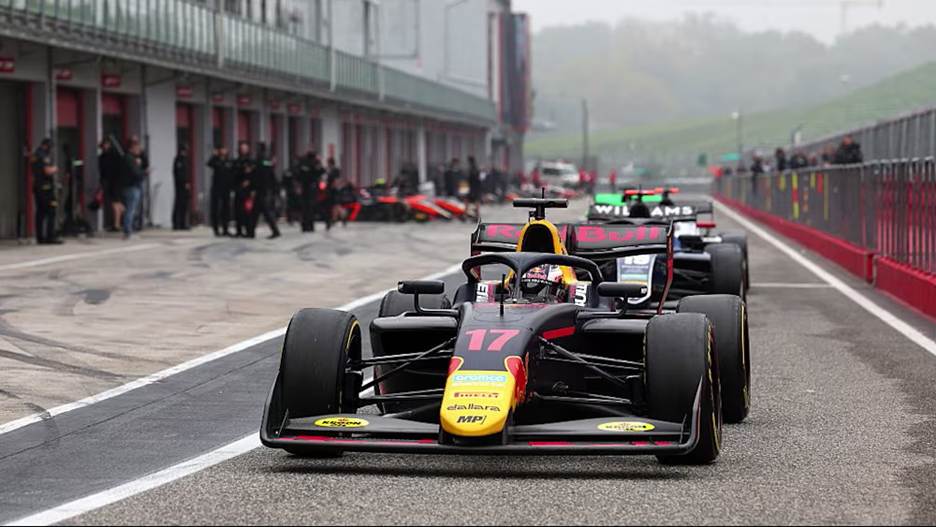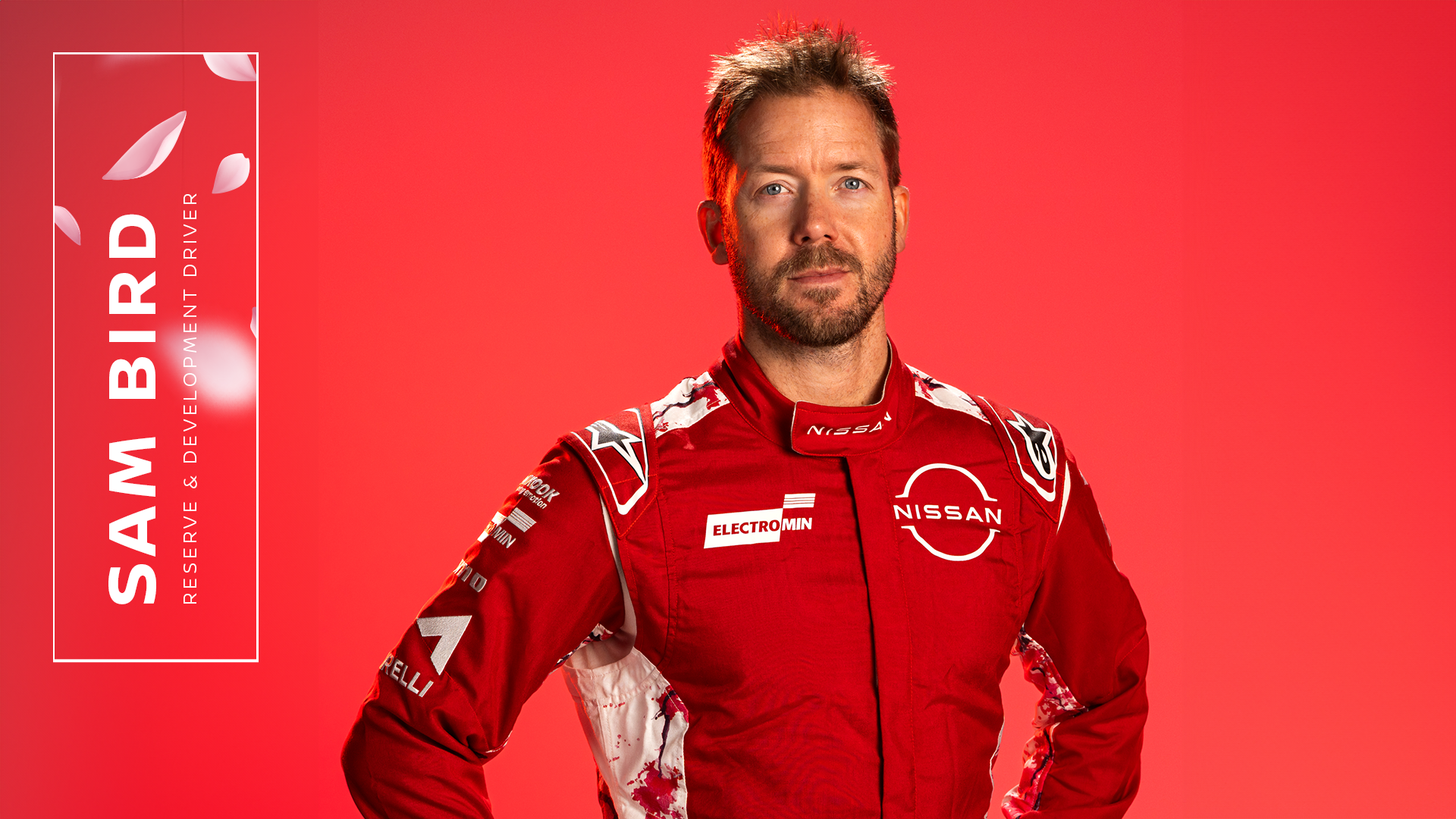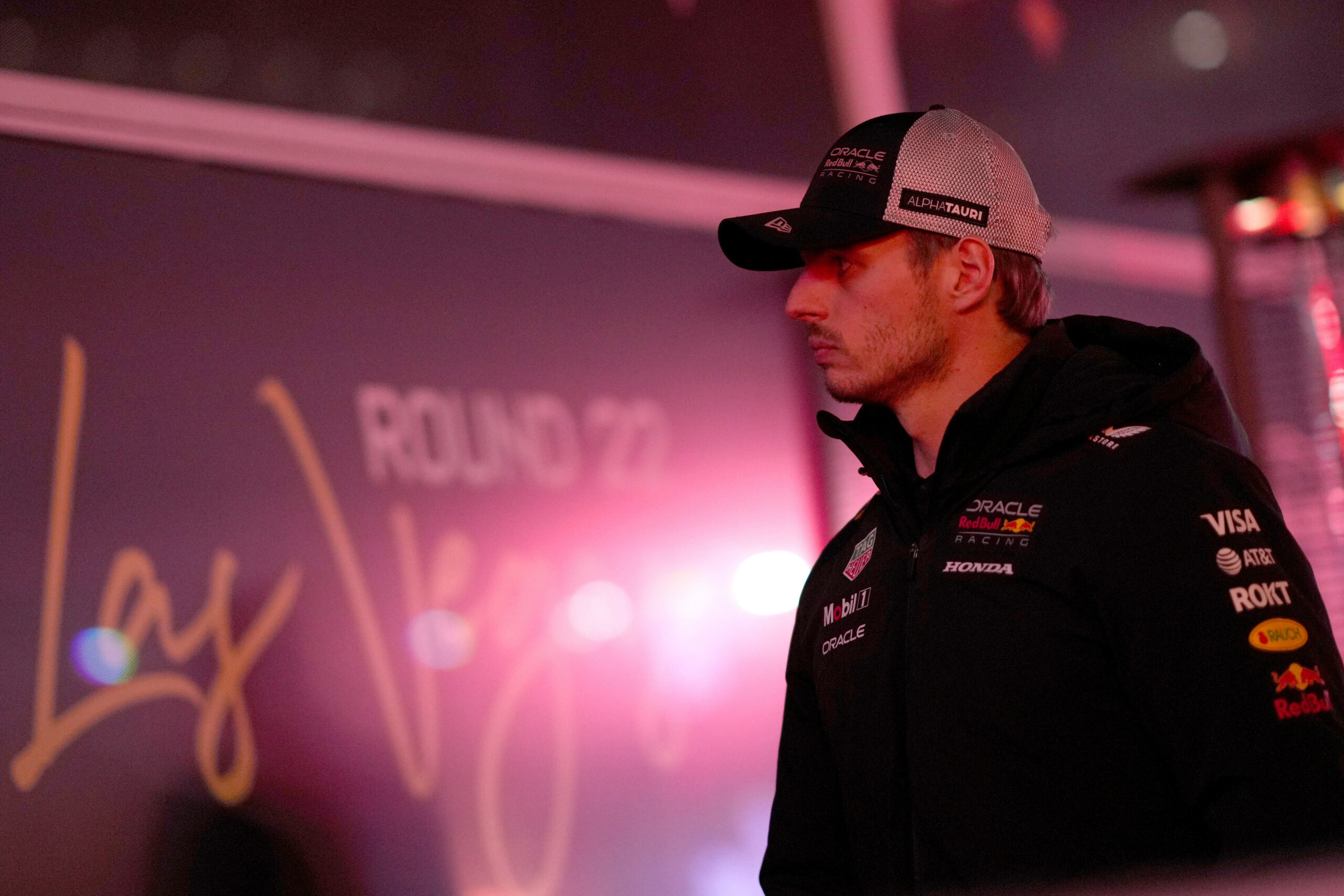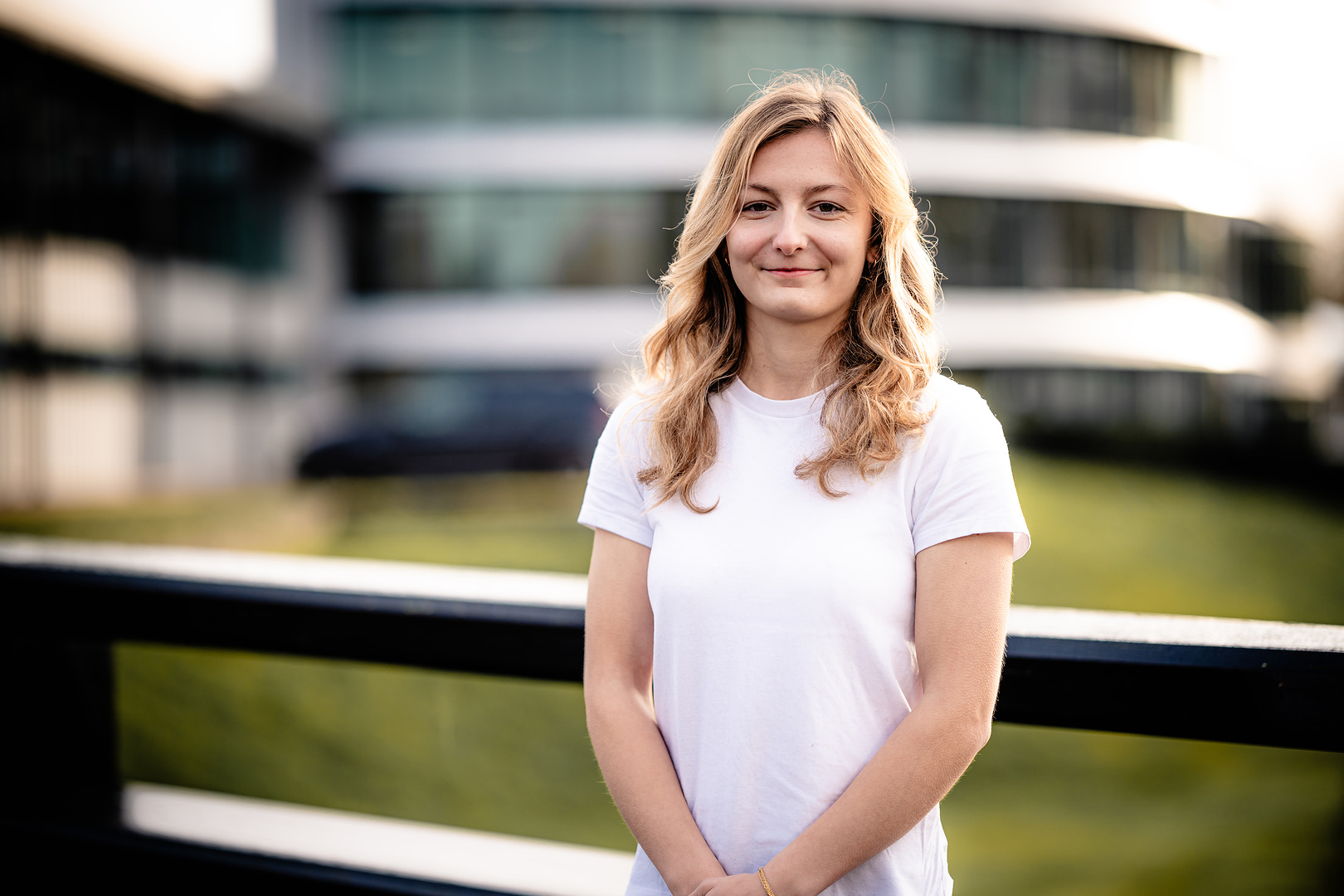Williams Team Principal James Vowles breaks down Carlos Sainz’s F1 Imola GP strategy as the team failed to capitalise on their pace on one side of the garage.
With Williams enjoying their most successful Formula 1 season in recent memory, Sunday’s Imola GP presented a difficult race for the team. The team enjoyed a strong showing in Qualifying, with Sainz leading Albon in P6 & P7.
Despite this, tyre strategy on Sunday saw Sainz fall down the order. The Spaniard eventually finished in P8 with teammate Albon securing P5. A 2 stop strategy for Sainz, spurred by higher than expected tyre degradation, proved costly.
Speaking following the Grand Prix, James Vowles broke down the decisions which led to Sainz’ strategy.
“An interesting decision this one,” Vowles explained on the team’s YouTube channel. “In as much as I would say around 50% of the field stopped, around nine cars. Also, most teams split their cars. Apart from Aston Martin who stopped both, but including McLaren, Piastri stopped, for example, and Norris did not.
“So that just tells you the amount of information we had as a team wasn’t enough to conclusively understand whether it would really go to a two-stop properly or whether it would be on a one-stop.”
The Williams man continued to break down the information which was available to the strategists. Most notably, many drivers began to report degradation at a much higher level than expected early on in the Grand Prix.
George Russell led a train of cars as the W16 had extremely high tyre degradation. Sainz was third in the train behind Alonso, with Leclerc undercutting the lot of them from P9.
“Around about lap 9 to lap 12,” he began. “A lot of drivers, Carlos included, came on and said there was a lot more degradation, more than you expect. It’s not what we thought pre-event. That was a very clear message that went out.
“Second of all, the lap times took a sharp detour. They started to degrade quite significantly and we could see that the rear tyres were both hot and degrading. So the question becomes, will this continue for another 10 laps, which is what you need to make a one-stop to work, and in which case the one-stop is dead. You’re not going to make it work.
“Because teams weren’t sure, most, and that includes us, decided to stop the lead car in that circumstance looking like that was the correct decision.”
Despite making what looked at the time to be the best strategy decision, it quickly became apparent that a 1-stop was possible. Sainz, along with 8 other drivers, stopped prior to lap 15. Shortly after it became evident that the tyre situation was improving as the drivers worked through the worst of them and cleaned up the tyres.
Vowles then explained Alex Albon’s experience in the latter half of the first stint. Despite suffering a period of very poor tyre performance, Albon was able to maximise the preferred strategy.
“What then happened across the next three, four laps, is we were checking in with Alex. ‘Can you make it? Can you do 10 more laps?’ And his initial response was, ‘no, I can’t do 10 more laps. These tyres feel terrible.’ And then one lap after that, they started to feel a little better and a little bit better.
“So effectively, we all went through a sequence of tyre damage and overheating that cleared up. And it cleared up fast enough to make that one-stop the better strategy.”
Looking ahead to the remainder of the season, Vowles explained that using their drivers’ knowledge will help to prevent another similar situation. The Williams man called for better communication better the pit wall and the drivers.
“Number one, I think, would have been much better open communication with Carlos,” Vowles. “We have one of the best drivers in the world and simply, we didn’t rely on him and his information.
“We can provide information that at least brings him into the decision making process. This happened very quickly without really gathering all of the information. So that may not have changed what we did, but it’s just a better way of operating anyway.”
